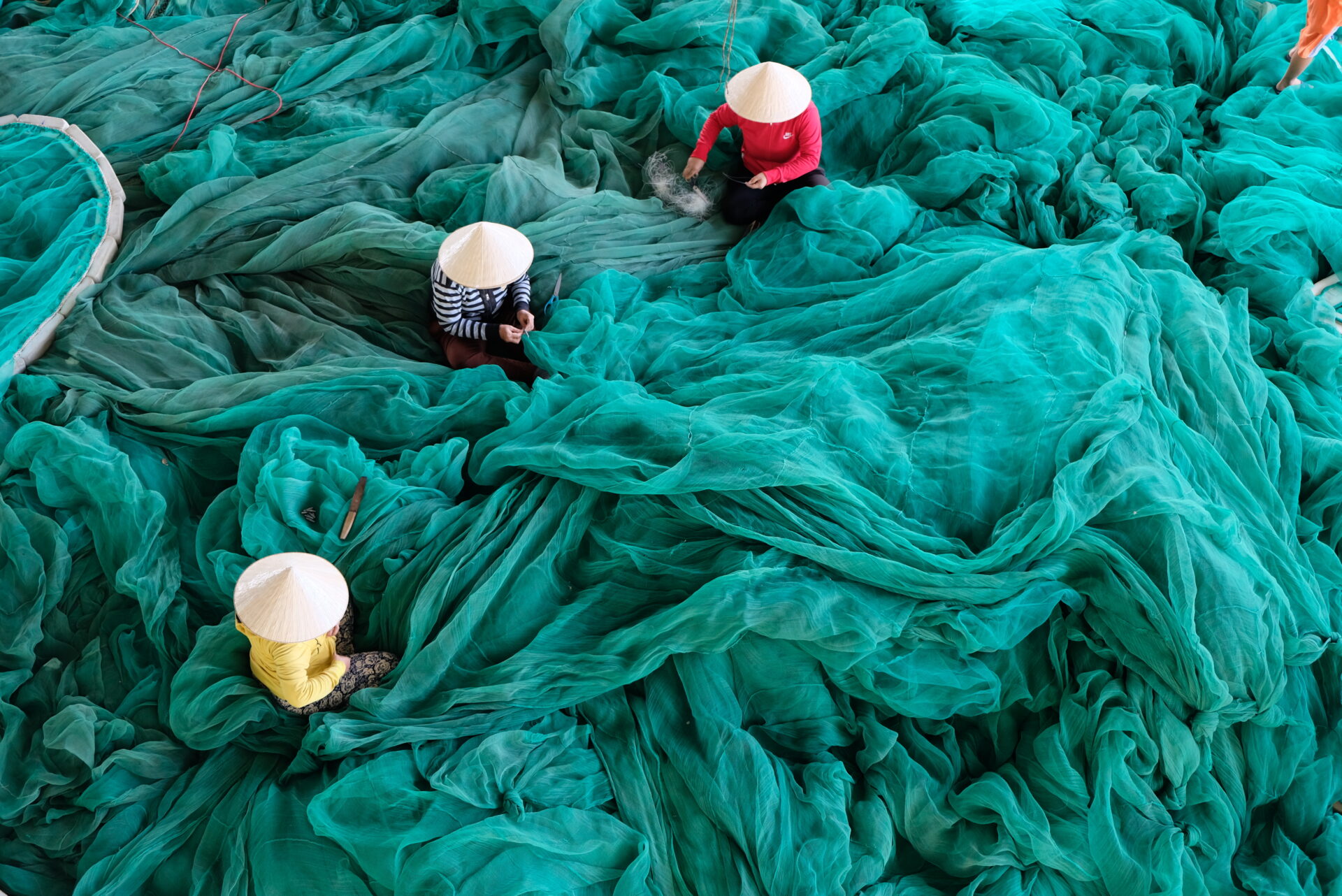In today’s world, plastic waste has become an environmental scourge, posing a significant threat to our planet’s ecosystems and wildlife. Tackling this issue requires a collective effort, and one of the crucial steps is learning how to properly dispose of plastic waste. In this informative article, we delve into the core topics surrounding responsible plastic disposal, including understanding different types of plastics, identifying recycling options, and exploring alternative eco-friendly practices. Our aim is to equip readers with the necessary knowledge and tools to reduce their plastic footprint and contribute to a more sustainable future. Join us as we embark on this journey towards a plastic-free lifestyle.
Top Eco-Friendly Alternatives to Single-Use Plastics
One of the most effective ways to combat plastic pollution is by replacing single-use plastics with more sustainable alternatives. By making conscious choices in our daily lives, we can significantly reduce the amount of plastic waste generated. In this section, we will explore some top eco-friendly alternatives to common single-use plastic items that you can easily incorporate into your routine.
Reusable Grocery Bags
Single-use plastic bags are a major contributor to plastic pollution. By opting for reusable grocery bags made from materials like canvas, jute, or recycled PET, you can significantly reduce your plastic bag consumption. These bags are not only eco-friendly but also more durable and versatile, making them a great investment for both your wallet and the environment.
Beeswax Wraps and Silicone Food Covers
Plastic cling wrap is another major source of plastic waste in households. Beeswax wraps and silicone food covers offer a reusable and eco-friendly alternative for keeping your food fresh. These wraps can be easily washed and reused, helping you reduce plastic waste without compromising on convenience.
Stainless Steel or Glass Water Bottles
Disposable plastic water bottles are a significant source of pollution. Switching to reusable stainless steel or glass water bottles can not only help you reduce plastic waste but also save money in the long run. These bottles are also often better insulated, keeping your drinks cold or hot for longer periods of time.
Compostable Tableware and Cutlery
Disposable plastic tableware and cutlery are not only wasteful but also harmful to the environment. Choosing compostable options made from materials like bamboo, sugarcane, or cornstarch can help you reduce your plastic footprint at parties or picnics. These products are designed to biodegrade, lessening their impact on the environment.
Reusable Coffee Cups and Straws
Single-use coffee cups and plastic straws contribute significantly to plastic pollution. Opt for reusable coffee cups made from materials like stainless steel, glass, or ceramic, as well as reusable straws made from metal, silicone, or bamboo. These eco-friendly options can help you enjoy your favorite beverages while minimizing your plastic waste.
By adopting these eco-friendly alternatives to single-use plastics, you can play an active role in reducing plastic pollution and promoting a more sustainable lifestyle. Small changes in our daily habits can collectively make a significant impact on the health of our planet and its inhabitants.
Innovative Recycling Techniques for Plastic Waste Management
As the issue of plastic waste continues to gain global attention, innovative recycling techniques are being developed to tackle this growing problem. These novel approaches not only aim to efficiently process and repurpose plastic waste, but also to reduce the environmental impact associated with traditional recycling methods. In this section, we will explore some cutting-edge recycling techniques that are transforming plastic waste management and contributing to a more sustainable future.
Chemical Recycling: Transforming Plastic Waste into Valuable Resources
Chemical recycling is an innovative process that breaks down plastic waste into its basic molecular components, allowing for the creation of new, high-quality plastic products. This technique not only addresses the limitations of traditional mechanical recycling, which can often result in lower quality materials, but also opens up new possibilities for recycling previously non-recyclable plastics. By converting plastic waste into valuable resources, chemical recycling has the potential to revolutionize the way we manage and dispose of plastic waste.
Biodegradable Plastics: Nature’s Solution to Plastic Pollution
Biodegradable plastics are designed to decompose naturally under specific environmental conditions, reducing the long-term impact of plastic waste on the environment. These materials are often made from renewable resources such as starch, cellulose, or proteins, and can be processed using conventional recycling methods. The development and adoption of biodegradable plastics offer a promising solution to plastic pollution, as they provide the convenience of traditional plastics while minimizing their environmental footprint.
Plastic-to-Fuel Conversion: Turning Waste into Energy
Another innovative technique gaining traction in the field of plastic waste management is the conversion of plastic waste into fuel. Through processes such as pyrolysis, plastic waste is heated in the absence of oxygen, breaking it down into a mixture of oil, gas, and char. This resulting fuel can be used as an alternative energy source for various applications, including transportation and heating. By transforming plastic waste into a valuable energy resource, plastic-to-fuel conversion not only helps reduce the volume of waste in landfills but also contributes to a circular economy.
3D Printing with Recycled Plastic: A Sustainable Approach to Manufacturing
3D printing technology has opened up new possibilities for recycling and repurposing plastic waste. By using recycled plastic as a raw material for 3D printing, manufacturers can create a wide range of products, from everyday household items to complex machine components. This innovative approach not only helps divert plastic waste from landfills but also promotes sustainable manufacturing practices by reducing the demand for virgin plastic materials.
These innovative recycling techniques for plastic waste management highlight the ongoing efforts to address the global plastic pollution crisis. By embracing these novel approaches and supporting their development, we can work towards a more sustainable future that prioritizes responsible waste management and environmental preservation.
The Impact of Microplastics on the Environment and How to Reduce It
Microplastics, tiny fragments of plastic measuring less than 5mm, have emerged as a significant environmental concern due to their widespread presence in various ecosystems and potential harm to wildlife. In this section, we will explore the impact of microplastics on the environment and discuss practical strategies to minimize their presence in our surroundings.
Understanding the Sources and Distribution of Microplastics
Microplastics can originate from a variety of sources, including the breakdown of larger plastic debris, microbeads in personal care products, and synthetic fibers from clothing. These tiny particles can easily enter our waterways, soil, and air, and have been detected in even the most remote corners of the planet. By understanding the sources and distribution of microplastics, we can identify effective ways to prevent their release into the environment and protect our ecosystems from their harmful effects.
The Threat to Wildlife and Ecosystems
Microplastics pose a significant threat to wildlife, as they can be ingested by a wide range of species, from plankton to whales. Ingesting microplastics can lead to various health issues for these animals, such as internal injuries, blockages in the digestive system, and reduced nutrient absorption. Moreover, microplastics can act as carriers of harmful pollutants, introducing toxic substances into the food chain and potentially affecting entire ecosystems.
Reducing Microplastics in Household Products
One way to minimize the release of microplastics into the environment is by choosing household products that do not contain microbeads or other plastic additives. Opt for natural and biodegradable alternatives when purchasing personal care products, cleaning supplies, and textiles. Additionally, consider using a washing machine filter or laundry bag designed to capture microfibers, preventing them from entering the water supply during washing.
Supporting Research and Policy Changes
Supporting scientific research and policy changes aimed at tackling the microplastics issue is essential in addressing this environmental concern. Stay informed about new findings and legislation related to microplastics, and advocate for policies that promote responsible plastic use, disposal, and recycling. By raising awareness and encouraging action at the individual, community, and governmental levels, we can work towards a future with reduced microplastic pollution.
Community-Led Cleanup Initiatives
Participating in or organizing community-led cleanup initiatives can help reduce the amount of plastic waste, and consequently microplastics, in our local environments. Beach cleanups, litter picking events, and awareness campaigns are just a few examples of community efforts that can make a significant difference in addressing the microplastic issue. By working together, we can create cleaner and healthier environments for both humans and wildlife.
By recognizing the impact of microplastics on the environment and adopting practical strategies to minimize their presence, we can contribute to the preservation of our ecosystems and the well-being of countless species. As individuals and communities, we have the power to drive change and foster a more sustainable future for our planet.
Community Initiatives for Plastic Waste Reduction and Disposal
Local communities play a vital role in addressing the plastic waste problem by implementing effective waste reduction and disposal strategies. By fostering a sense of collective responsibility, community initiatives can significantly contribute to the global effort against plastic pollution. In this section, we will explore various community-driven approaches to plastic waste reduction and disposal, showcasing the power of collective action in achieving a more sustainable future.
Plastic-Free Community Campaigns
Plastic-Free Community Campaigns are grassroots movements that aim to reduce plastic waste generation by encouraging individuals, businesses, and local governments to adopt more sustainable practices. These campaigns often involve awareness-raising events, workshops, and practical guidelines for plastic reduction. By engaging various stakeholders within a community, these campaigns can create a supportive network that fosters long-lasting change in local plastic consumption habits.
Community Recycling Programs
Well-organized community recycling programs can significantly improve plastic waste management by providing accessible and efficient recycling facilities for residents. These programs may include curbside recycling services, community drop-off centers, or recycling events, which encourage proper plastic waste sorting and disposal. By making recycling convenient and accessible, communities can ensure that more plastic waste is diverted from landfills and incinerators, reducing its environmental impact.
Zero-Waste Community Markets
Zero-waste community markets are events where local vendors and shoppers come together to promote waste-free consumption. These markets encourage the use of reusable bags, containers, and packaging, as well as the sale of package-free or minimally packaged goods. By supporting zero-waste markets, communities can promote the local economy while reducing their plastic footprint and raising awareness about the importance of sustainable consumption habits.
Adopt-a-Beach or Adopt-a-Park Programs
Adopt-a-Beach or Adopt-a-Park programs are community-led initiatives that involve regular cleanups and maintenance of local public spaces. By adopting a beach or park, community groups and volunteers commit to keeping these areas clean and free of plastic waste, ensuring that these spaces remain safe and enjoyable for both humans and wildlife. In addition to the immediate benefits of waste removal, these programs can also foster a sense of pride and stewardship for local environments.
Local Plastic Waste Art and Education Projects
Creative and educational projects centered around plastic waste can inspire individuals to rethink their plastic consumption habits while raising awareness about the environmental impacts of plastic pollution. Community art installations, workshops, and school programs can engage people of all ages, transforming plastic waste into thought-provoking art pieces or educational resources. These projects not only help reduce plastic waste but also stimulate conversations and understanding about the importance of responsible plastic use and disposal.
Through these various community initiatives, local residents can come together to tackle the issue of plastic waste reduction and disposal. By engaging in collective action and fostering a sense of shared responsibility, communities can make a tangible difference in the fight against plastic pollution, paving the way for a more sustainable future for our planet.
The Power of Upcycling: Creative Ways to Repurpose Plastic Items
Upcycling, or creatively repurposing discarded materials into new, useful products, has emerged as an increasingly popular way to address the plastic waste problem. By giving a new life to plastic items, upcycling not only helps divert waste from landfills but also fosters sustainable consumption habits and encourages resourcefulness. In this section, we will explore some inspiring examples of how individuals and communities have embraced the power of upcycling to transform plastic waste into innovative and functional creations.
Transforming Plastic Bottles into Vertical Gardens
One creative way to repurpose plastic bottles is by turning them into vertical gardens. By cutting and arranging the bottles in a vertical setup, individuals can create a space-saving and eye-catching garden that is perfect for urban environments or small outdoor spaces. This upcycling project not only gives a new purpose to plastic bottles but also promotes urban greening and local food production.
Creating Eco-Bricks for Sustainable Building Projects
Eco-bricks, made by stuffing plastic bottles with non-recyclable plastic waste, are an innovative solution for repurposing plastic items while addressing the issue of waste disposal. These durable and lightweight building blocks can be used to construct a variety of structures, from garden walls to playground equipment. By participating in eco-brick initiatives, individuals and communities can contribute to sustainable building projects while reducing their plastic waste footprint.
Fashioning Unique Jewelry and Accessories from Plastic Waste
Plastic waste can also be transformed into stylish and unique jewelry and accessories, such as necklaces, bracelets, and earrings. By manipulating and decorating plastic items, artisans can create one-of-a-kind wearable art that not only makes a fashion statement but also serves as a conversation starter about the importance of sustainable consumption and waste reduction.
Converting Plastic Bags into Durable Textiles
Plastic bags, often considered a major environmental nuisance, can be upcycled into durable and versatile textiles through a process called “plarn” (plastic yarn) making. By cutting plastic bags into strips and weaving or crocheting them together, individuals can create a range of products, from reusable tote bags to outdoor rugs. This creative upcycling technique not only helps reduce plastic bag waste but also results in functional and long-lasting items that serve as a reminder of the potential of repurposing discarded materials.
Designing Art and Sculptures from Plastic Waste
Plastic waste can also serve as a medium for artistic expression, as artists around the world have demonstrated through their innovative and thought-provoking sculptures and installations. By assembling and repurposing plastic items, artists can create powerful visual statements that raise awareness about the issue of plastic pollution and inspire viewers to reconsider their own consumption habits.
Through these inventive upcycling projects, individuals and communities can harness the power of creativity to repurpose plastic items and contribute to a more sustainable future. By embracing the potential of discarded materials, we can challenge traditional notions of waste and demonstrate the value of resourcefulness and ingenuity in addressing the global plastic pollution crisis.





Leave a reply